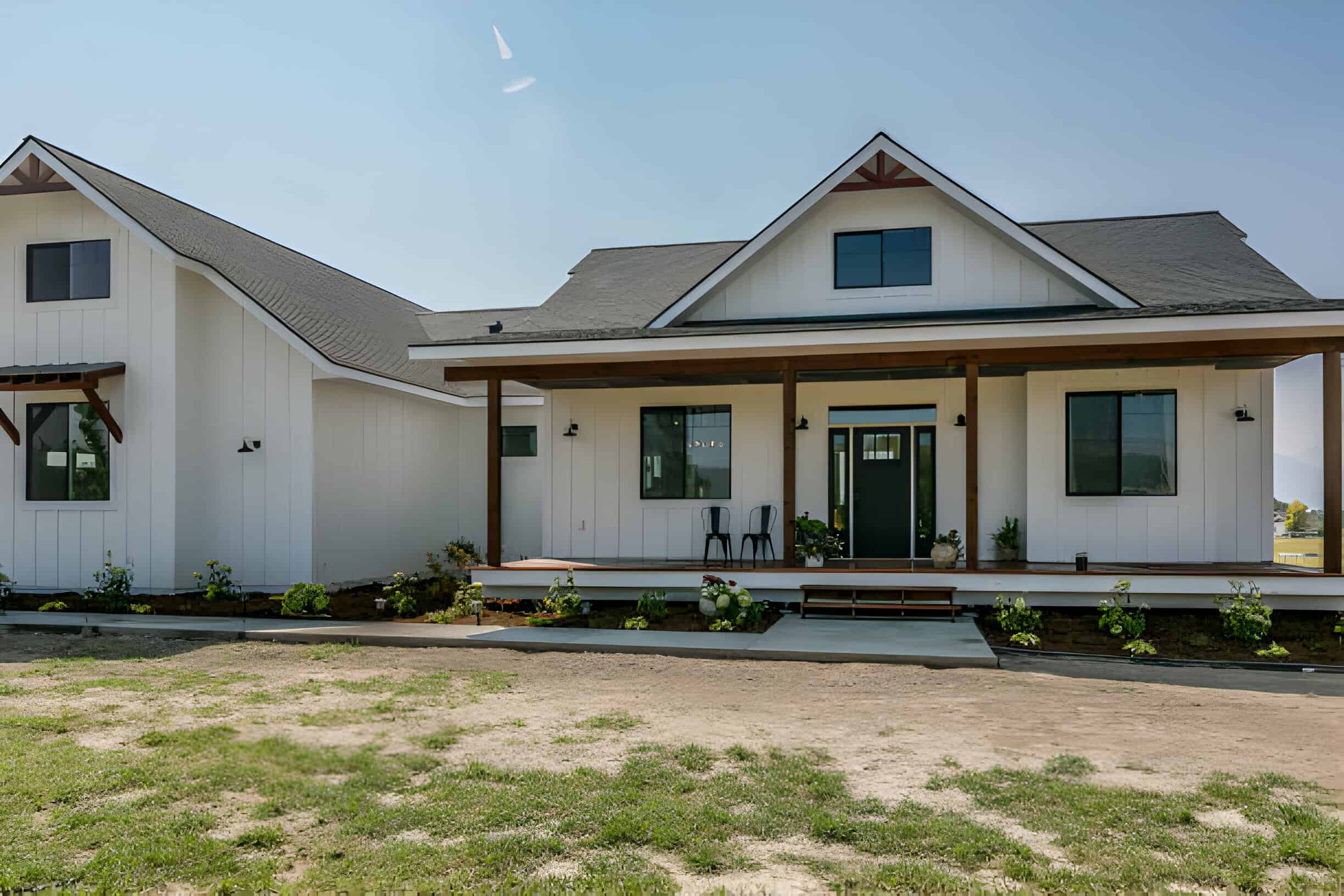Comprehensive Barndominium Repair: Dealing With Architectural and Visual Problems
Comprehensive Barndominium Repair: Dealing With Architectural and Visual Problems
Blog Article
Barndominiums Vs. Conventional Houses: an In-depth Contrast of Way Of Life and Performance
The decision between barndominiums and traditional homes incorporates numerous aspects, including lifestyle choices and useful demands. Barndominiums are defined by their open layouts and flexibility, usually interesting those who prioritize public living and convenience. In comparison, conventional homes offer an even more structured environment, which might better offer households seeking personal privacy and a feeling of history. As we check out the expense implications and ecological considerations, it becomes clear that the selection extends past simple aesthetic appeals and functionality; it welcomes a deeper expedition of what really specifies a home.
Review of Barndominiums
Barndominiums, an unique real estate fad gaining popularity across numerous regions, blend the rustic appeal of barn-style design with the performance of contemporary living areas. These distinct structures usually consist of a metal or wood framework, combining open layout and high ceilings with energy-efficient attributes. Commonly situated on expansive country residential properties, barndominiums supply house owners the chance to delight in a serene lifestyle while offering adequate area for various activities.
The adaptability of barndominiums extends beyond their visual charm; they can act as both living quarters and useful rooms for pastimes, workshops, and even small companies. Their flexible design permits for very easy personalization, accommodating varied household needs and choices. Numerous proprietors value the low upkeep demands related to steel exterior siding and roofing, adding to long-lasting resilience.

Qualities of Standard Residences
Stressing timeless style and comfort, standard homes are identified by their distinct architectural styles, which typically mirror historic impacts and local visual appeals. Typical functions consist of balanced exteriors, gabled roofs, and an emphasis on craftsmanship, resulting in a warm and inviting environment.
Standard homes usually include elements such as crown molding, wainscoting, and hardwood flooring, enhancing their classic appeal. They usually include several spaces with defined functions, promoting family interaction while enabling for privacy. read more. The format frequently includes formal living and dining areas, which contribute to amusing guests and organizing family members celebrations
Outside products such as block, timber, or rock are often utilized, adding to toughness and a feeling of durability. Barndominium repair. In addition, several conventional homes are developed with front patios or stoops, promoting a sense of community and connection with the neighborhood
Landscape design plays a substantial duty in typical home layout, with well-kept gardens and pathways that enhance curb appeal - read more. Generally, typical homes personify a feeling of fond memories and security, interesting those that value heritage and an extra organized living setting
Price Contrast
Normally, an expense comparison between barndominiums and traditional homes reveals substantial differences in building expenses and total financial investment. Barndominiums, commonly constructed from steel or steel frameworks, usually incur reduced product and labor costs than typical homes constructed from wood and block. The streamlined design of barndominiums can convert to reduced building times, even more decreasing labor costs and quickening occupancy.
Typically, the expense per square foot for a barndominium ranges from $100 to $150, while conventional homes can vary widely, typically dropping between $150 and $300 per square foot, relying on place, products, and style intricacy. This expense difference makes barndominiums an appealing alternative for budget-conscious purchasers looking for larger living rooms without compromising top quality.
Furthermore, barndominiums might result in lasting savings via lower maintenance prices, energy effectiveness, and insurance rates. Their sturdy building products often need much less upkeep gradually contrasted to conventional homes. It is necessary to consider that while initial expenses may be reduced for barndominiums, the last financial investment will certainly also depend on individual personalization and preferred services, which can affect the overall expense in both housing types.
Way Of Life and Area Factors To Consider
When taking into consideration lifestyle and space, barndominiums use an one-of-a-kind adaptability that attract a selection of homeowners. These hybrid structures incorporate residential living with functional space, frequently featuring open floor strategies that can be adjusted to match specific requirements. This flexibility is specifically helpful for households or individuals seeking an individualized living atmosphere, enabling diverse uses such as office, workshops, or leisure areas.

Furthermore, the visual appeal of barndominiums can deal with both rustic and contemporary preferences, making them a versatile selection for different layout preferences (Barndominium repair). Ultimately, the selection between a barndominium and a standard home often pivots on how well each choice straightens with the property owner's way of living goals and spatial needs, highlighting the significance of taking into consideration personal concerns in the decision-making process
Environmental Influence and Sustainability
The environmental effect and sustainability of barndominiums existing compelling advantages contrasted to conventional homes. Largely built from steel and various other durable materials, barndominiums are usually built making use of recycled sources, decreasing the need for brand-new products and minimizing waste. Their style commonly emphasizes open areas, which can cause reduced power consumption for cooling and heating compared to standard homes with even more segmented layouts.
Furthermore, barndominiums can integrate lasting attributes such as photovoltaic panels, rain harvesting systems, and progressed insulation strategies, boosting their power performance. The convenience of their design allows homeowners to integrate these technologies much more perfectly than in numerous conventional homes, which may require comprehensive retrofitting.
Additionally, barndominiums frequently require fewer resources for building and construction as a result of their less complex, extra effective designs. This not only reduces the carbon footprint related to building but also contributes to an extra sustainable lifestyle. In contrast, traditional homes may entail greater levels of energy expense and source use throughout their lifecycle, from construction to upkeep. Generally, barndominiums represent a forward-thinking method to lasting living, straightening with contemporary environmental top priorities.
Conclusion
In summary, the selection between barndominiums and standard homes hinges on private lifestyle preferences and useful requirements. Barndominiums, with their open formats and sustainable materials, provide to those seeking versatility and communal living.
Report this page